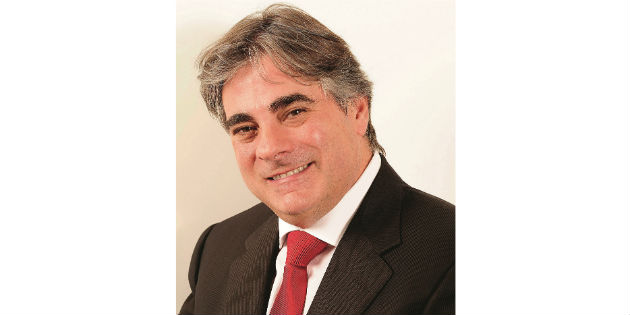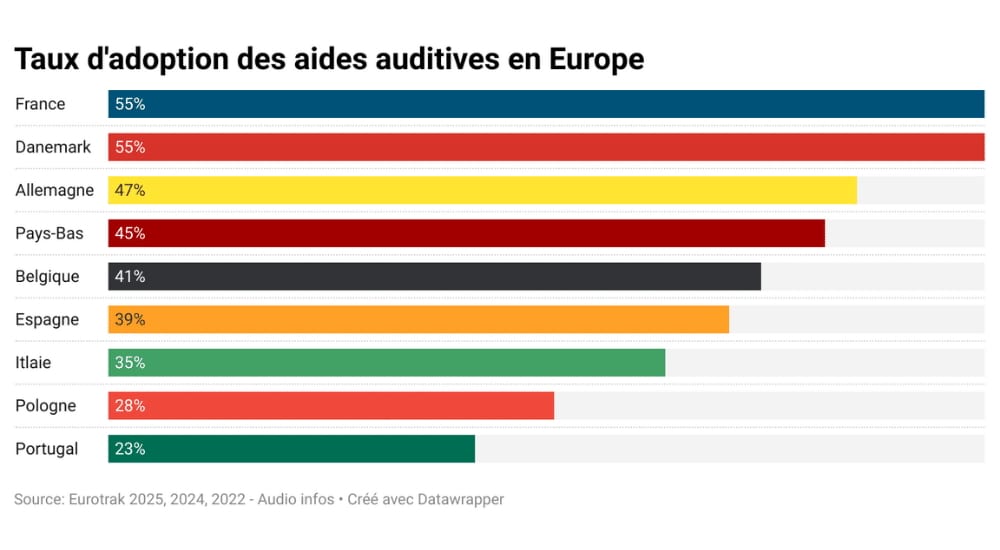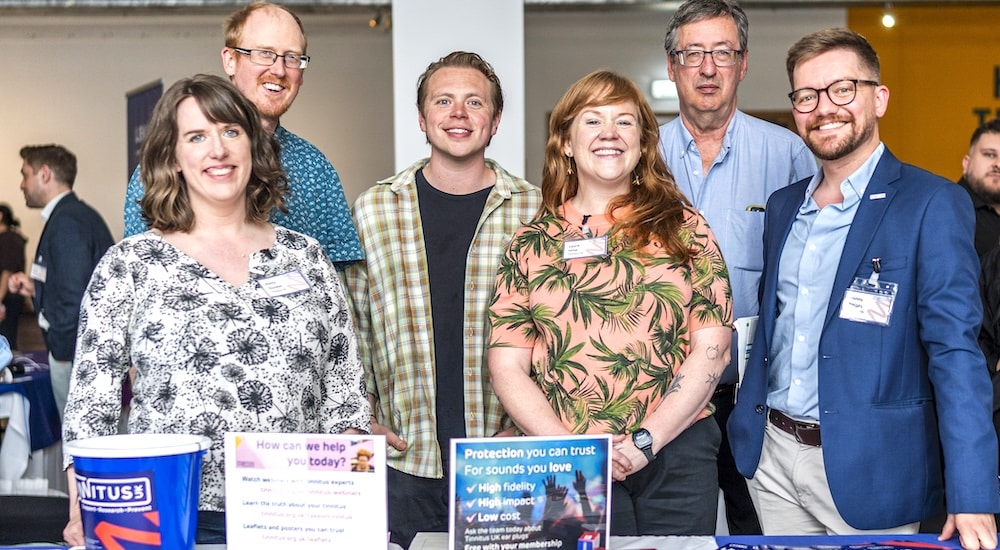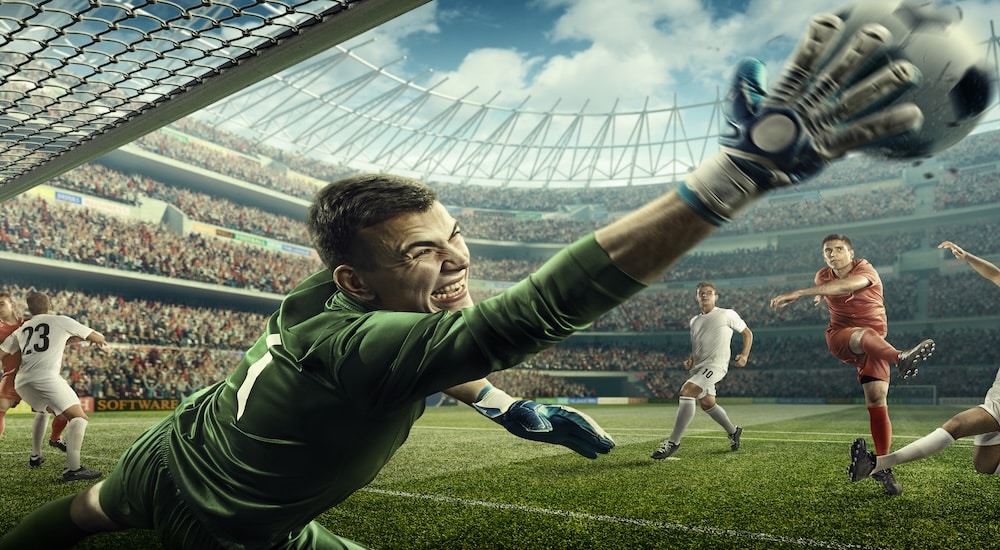MED-EL: “The initial results of our tests make us very optimistic"
INTERVIEW
Audio Infos Spain interviewed Julio Rodrigo, General Manager of MED-EL Spain and Portugal, regarding their patent of a new processor to improve intelligibility in noisy environments.

How did your collaboration with the Institute of Neurosciences of Castilla and León, at University of Salamanca come about?
MED-EL, which has a group of over 350 researchers directly employed at our headquarters in Innsbruck, works on a number of projects in partnership with over 140 research groups throughout the world.
The Institute of Neurosciences of Castilla and León is a historical player in the field. It has been working on a number of lines of research on the auditory system, and has become a national and international reference. As a result, INCYL and MED-EL have a long history of very strong ties. In this particular instance, Professor Dr. Enrique López Poveda, the project initiator and man behind the patent, has a long-standing relationship with Blake Wilson, a prestigious pioneer in the development of cochlear implant codification strategies, with whom MED-EL has also enjoyed a long and fruitful cooperation. This interesting project is the result of many years of collaboration. MED-EL decided to take part in it from a very early stage, and it ultimately led to the patent we are discussing today.
Your company patented this system. Do you think other implant manufacturers will be interested in reaching license agreements to integrate this new technology in their devices, or does MED-EL plan to offer this system exclusively?
It is too early to consider such details. The research project will continue over the next few years in order to finalize specific and key aspects before we can imagine it being a marketable product.Some companies have shown an interest in the development of this new technology. As for reaching agreements with other companies to license the technology, it is still too early to tell whether or not this system will be compatible with their technologies. Not all cochlear implants work the same way, offer the same level of performance or quantity and quality of information.
In your opinion, what is the main aspect you would highlight regarding the progress offered by this project, both for current and future users? Could it replace existing technologies, either with or without surgery?
Current cochlear implants and hearing aids are quite good at replicating or replacing the mechanisms of the efferent auditory system (i.e., the auditory system which carries nerve impulses from receptors or sensory organs to the central nervous system). However, patients do not have this system, i.e., a system which can transmit the nerve impulses from the central nervous system to the effector organ. This means that current hearing aids and implants are not controlled by the central nervous system.
The patent we are discussing today seeks to replicate the mechanisms of this efferent system, which has a very significant impact on the ability of users to discriminate speech in noise in a laboratory setting. Successfully reproducing this mechanism for cochlear implants, and by extension for hearing aids, would offer undeniable benefits for users. We are acutely aware of the tremendous difficulties experienced by this population to discriminate speech in noisy environments.
It is still too early to say what will need to be done for current cochlear-implant users or hearing-implants and hearing-aid users to be able to access and benefit from this technology, and whether or not we will be able to simply replace the external processor or the hearing aid, or if they need to undergo further surgery. As mentioned earlier, while all hearing aids are based on similar principles, they do not all offer the same performance or possibilities. We must continue our efforts in order to transfer this experimental knowledge to a useable product, which is where we stand today.
That being said, based on the results of our pilot experiments, we are very optimistic regarding the prospects offered by this technology as well as the possible time-frame required for a potential application for users.
Photo: MED-EL


